This stunning gambling entertainment seems to be the first thing that comes to mind when it comes to casino games. It’s about poker - the game that brings loads of professionals and newcomers together.
And if you also want to join but don’t know how to start this gambling journey, here comes a detailed guide. Well, how to play poker for beginners?
Learn Poker Rules
This game is usually played with a standard 52-card pack, sometimes 1 or 2 jockers go as an addition. In some games, you can notice that there are 2 packs at once: while 1 of them is being dealt, the other one is being shuffled. This way, the game goes faster.
The outcome of the game depends on the cards players get and the combinations these cards make up. Usually, a poker hand consists of 5 cards. Combinations can be high or low.
How Poker Is Played
This is a beginners guide to poker: 2-10 users can play at once. When you want to play alone, your opponent is a dealer. At first, each player gets 2 cards. Depending on your cards and the behavior of other users, you can:
- bet (place your own bet);
- call (agree with the bet of your opponent and equalise your stakes);
- raise (place a bet that is higher than your opponent’s);
- fold (end up the game);
- check («no-change» option).
Pay attention: you can win both when you manage to get the highest combination or when all other players fold.
Tips for Those Who Want to Master Poker
If the general rules are clear, why not delve into this game a bit deeper? Here are some poker tips for beginners to master this activity.
1. Position and Hands Ranking
The rules can be rather easy, but what takes you much more time is understanding the poker hand ranking. Even in poker for dummies newcomers should realise that One or even Two Pairs are nothing against the Full House, while Royal Flush is the highest combination.
Besides, pay attention to the positions before getting to play. They are:
- Button - the dealer;
- SB (Small Blind) - the one to the left from the Button who pays the small blind;
- BB (Big Blind) - the next one who pays the big blind;
- UTG (Under The Gun Positions) - three earliest positions;
- MP (Middle Positions) - the next three positions;
- LP (Late Position) - Cutoff, to the right from the Button.
It’s for a FR (full-ring) table for 9 hands. There is also a SH (short-handed) table with 6 players only. The position matters a lot: when you have weak combinations, you can hardly go on while being in the early position. And on the contrary: you have more chances in the late one.
2. Start with Low Stakes and Learn the Strategy
It’s important to realise that you are not risking a lot when making the first steps in this game. So it takes some time to develop the strategy, improve the skills. And when you don’t hurry up at first, it brings good results then. So start at low stakes.

3. Aggressive Style
Well, how do you play poker for beginners? If it’s just about calling and checking, that’s rather boring. Don’t strive to open too many hands, leave multi-tabling for the future. Focus on high combinations only. This way, instead of just calling you will be able to raise a lot, making the game more risky and putting the pressure on the opponents.
4. Emotions and Your Good Mood
As we used to display emotions, it can be a problem when we play poker in a big company. The anger of getting bad cards or losing the game, or, on the contrary, too much happiness when getting winning combinations are the things that can worsen the outcome, so intrigue is the thing this game is based on.
Besides, playing in a bad mood is the reason for various stupid things and actions - you can’t focus on the game or take your time. So never hurry up and enjoy the game.
5. Don’t Forget About Poker Odds
In poker for beginners you also have to pay attention to the conditional expectation. So when you know poker odds, you don’t have to rely just on emotions - the decision will be based on the maths theory as well. Each combination brings gamblers certain outs. For example, 4 outs for Gut-shot or 15 for Straight flush draw.
Then you have to multiply these outs by 2 (probability of hitting your hand) or by 4 (whether you can improve your hand from flop to the river). This way, when you have a gut-shot, the result is 4x2=8% or 4x4=16%.
6. Your Opponent’s Cards
Of course, you don’t see the cards of your opponent. But you can analyze the behavior of your partner and suggest what hands he can have. What tips can help?
- The opponent’s position sometimes can tell whether his hands are strong or weak.
- Post-flop actions and the behavior in general can show what to expect.
- Remember to look at the cards on the table and think what combinations could your opponent manage to gather.
7. Don’t Get Carried away by Bleff
The other advice of how to play poker for dummies is to avoid bluffing in the beginning. For sure, it’s a convenient tool for experienced players. But the first thing you have to focus on is the strategy. When the rules are clear and you want something with more tactics, then it’s time to complicate the gameplay.
8. Learn to Fold
Raising is not the only thing you have to do. Face it: sometimes you will lose. And the best option here is to fold in time. So learn to stop the game when the hands are bad before you lose too much.
And one tip among poker rules for beginners can be even the most important one. Practice a lot, so only this way you can understand the game, develop the strategy of your own.
Select the place for playing and enjoy. Good luck!






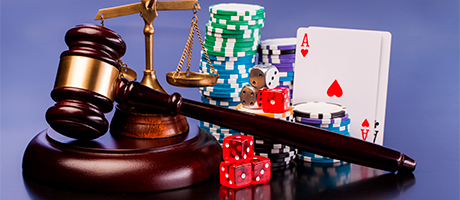





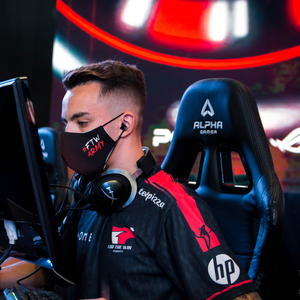



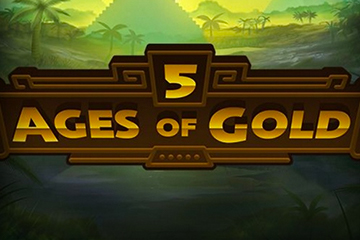













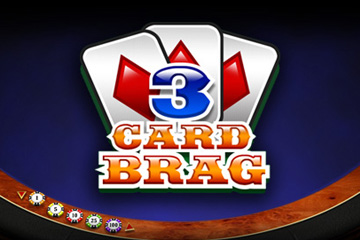



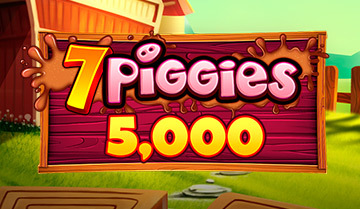


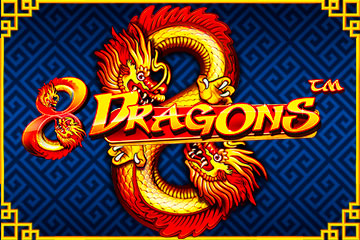


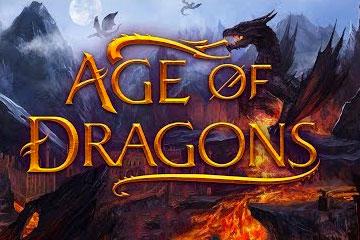



Write a review